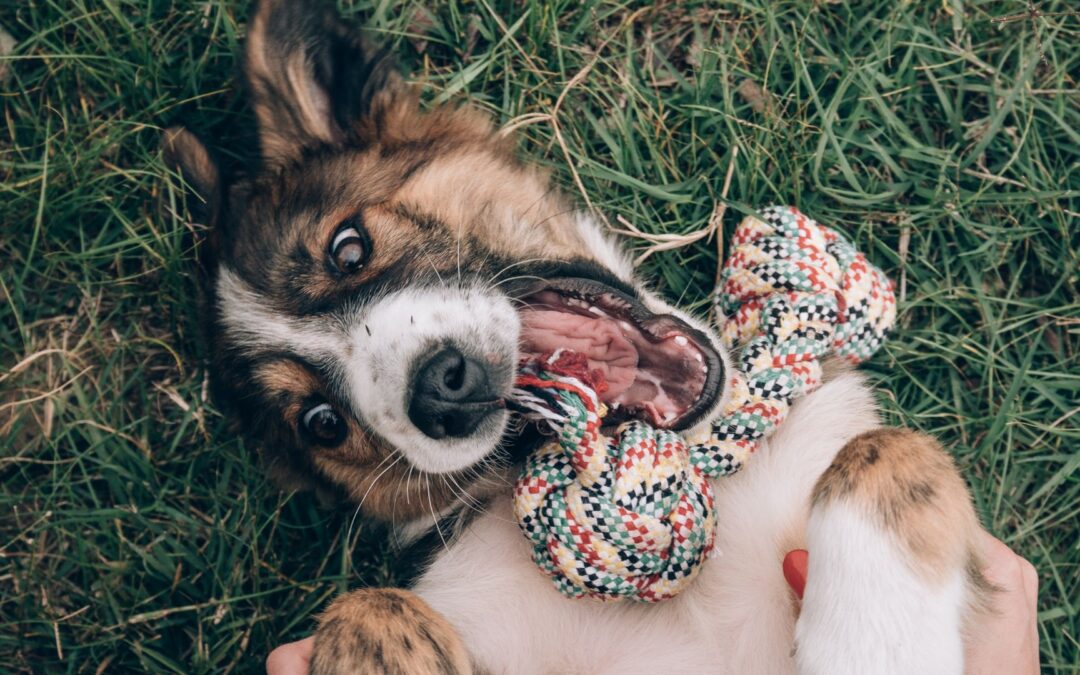Dogs can develop painful conditions over time. My clients often say that they don’t believe that their dogs are in pain “because they aren’t whining, and they are eating and drinking fine.” While it’s true that some of our house dogs are very communicative and will whine or cry out when they are injured, most dogs don’t “say” anything when pain develops slowly over time. They just carry forth, bravely, to please their masters, until the pain is too much to bear. Then they will show their discomfort in subtle ways.
Arthritis and Dental disease are common causes of chronic pain in dogs.
Dogs have variable pain tolerances, just like people. Some will limp with the tiniest bit of discomfort, while most dogs will just
|
|
|
|
|
|
|
|
If you notice your dog showing any of these signs, don’t make excuses for them! It’s not “just old age”, it’s a disease of old age, that can be treated! Dogs rarely have to be euthanized “because she can’t walk” any more! We have terrific medications that can keep your pet comfortable and active through her senior years! Please visit your veterinarian for an Arthritis Screen (and probably radiographs) to determine whether your pet’s lifestyle could be improved with arthritis treatments!
(CAUTION: There are a number of conditions that can look like arthritis pain, but are not – like heart disease, for one. These conditions are also treatable, but can’t be dismissed as “he just has arthritis”. Pain medication and joint supplements won’t help and you may be sacrificing years with your pet by ignoring a condition or treating it improperly. ASK for the Arthritis Screen radiographs to confirm that you and your vet are, indeed, treating arthritis signs!)
Personal Experience: My Giant (90#) niece dog injured her knee when she was middle-aged. By age 9, she was pretty lame. She did really well with a single medication for 3 years! She was still able to run with her kids and chase the local wildlife! When that wasn’t enough, her parents gave her some additional medication and bought her another year of comfort and tail wagging happiness. We lost her cancer– completely unrelated to her arthritis, because she was able to be with us long enough to get cancer, because we kept her happy and active until she was 14! That’s a big improvement over survival times of giant breed dogs 10 years ago, before medications were readily available for dogs!
Signs of dental pain commonly seen include:
|
|
|
|
|
|
Your veterinarian’s oral exam may uncover some conditions. Often there can be painful disease under the gum line that can only be identified with oral radiographs. Choose a vet who offers dental radiographs (anesthesia is required in pets) for your pet’s oral / dental care! Because many dogs are quite stoic and will continue to eat despite aggregious dental disease, a dental check up with dental radiographs and a cleaning are the best way to keep your pet’s mouth and whole body healthier for years! Best way to “buy” years of companionship!




